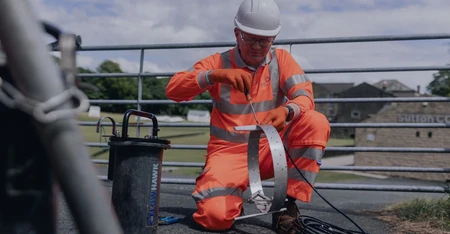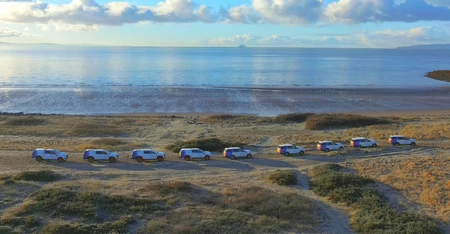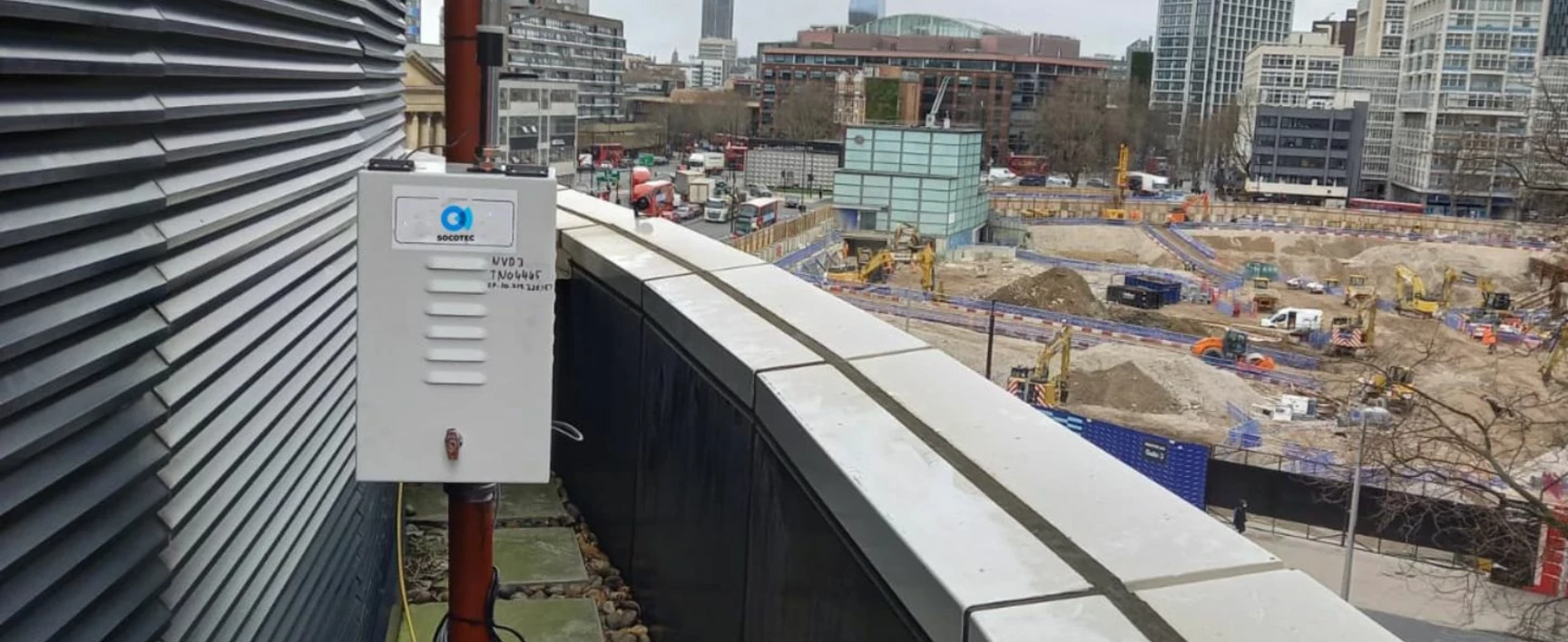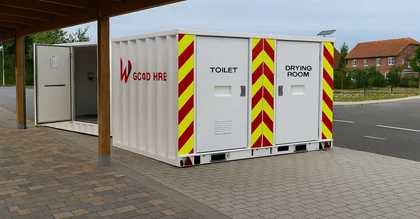Dust is generally understood to be an aerosol of solid particles, mechanically produced, with individual particle diameters of 0.1µm upwards and can be a problem in almost any industry, from bakeries to building sites.
Address the potentially adverse effects of dust on people's health with dust monitoring.
Dust is generally understood to be an aerosol of solid particles, mechanically produced, with individual particle diameters of 0.1µm upwards and can be a problem in almost any industry, from bakeries to building sites.
Nuisance dust is generated by a wide range of activities, including traffic, construction/demolition, mineral workings and general industry.
With increasing awareness of the problems caused by dust generated from such works, many local authorities are now including dust monitoring as a planning requirement. Often there is a requirement to undertake a baseline survey, particularly as part of an EIA, in order to formulate acceptable thresholds.
Generally, two different approaches are used to measure the amount of dust deposited on a surface;
- Determination of the soiling of a surface, by a change in its properties
- Determination of the quantity of dust deposited, by weight
- Within these approaches there are a number of different methodologies these include:
- Deposit gauges - simple and yet accurate methods for the measurement of nuisance dust. Dust is collected onto a horizontally mounted capture container, or in the case of the Directional Dust Gauge, into four vertical tubes aligned in different directions
- Dust samples collected are measured by washing the collecting container and foam insert through to a collecting bottle. The sample is passed through a pre-weighed filter, conditioned and re-weighed. The quantity collected over a known area and period can be calculated to give a deposition rate. We can also analyse the dust to determine content of particular substances
Collection Methods/Devices Include:
- A dust sample is collected in a large capacity collection bottle at the base of the unit. Gauges are fitted with a stainless steel and nylon bird guard to avoid extraneous contamination and mounted on a tripod which can be spiked to the ground for increased stability. The Frisbee gauge is generally accepted to have the greatest sampling efficiency of those available.
- The BS1747 Directional Dust Gauge - uses four tubular collectors, positioned to distinguish between dust from four compass points. The dust in each collector is calculated as that of the Frisbee gauge to establish a concentration from each point of the compassThe Bergerhoff Gauge is the simplest of all the deposit gauges as they consist of a collecting container mounted on a pole.
- Soiling Rate Measurement - simple but effective methods used to determine changes in the soiling rates of surface over a period of time. Directional soiling rates can also be measured
The most popular soiling rate measurement method is the Sticky Pad system which measures the soiling of a white adhesive surface over a known period and gives a measurement of the deposition (as percentage Effective Area Coverage (%EAC) per day) using a reflectometer. In this method, Fablon pad monitoring stations can be used to provide an indication of the relative deposition from different directions. This method is attributed to Beaman & Kingsbury (1981), who determined the sticky pad method as being representative of between 2 and 7 days of dust deposition. (Beaman & Kingsbury ‘Assessment of Nuisance from Deposited Particulates Using a Simple and Inexpensive Measuring System’, Clean Air, Vol.11, No. 2 pp77-81, 1981). The method can be relatively non-intrusive which makes it popular in areas where conspicuous monitoring is likely to cause problems.
Capabilities
SOCOTEC has experience in undertaking projects using a number of the methods outlined above. The work normally takes the form of an initial baseline survey of dust conditions in an area and then surveying during and after a project has been completed in order to indicate whether activities result in an increase in the levels of nuisance dust.
Data Visualisation
Blue Trust (online monitoring software) is SOCOTEC’s secure online data visualisation tool. All data from the monitoring equipment on site will be uploaded to Blue Trust, which will be configured to display data at regular intervals for the selected parameters on a unique plan view. The monitoring system is capable of sending threshold breach alerts (SMS/emails) when defined trigger limits are breached. Individual user accounts will also be provided to client contacts to view and download monitoring data.
Visit our air quality page to find out more

Talk to our experts
Want to find out more about SOCOTEC's Environmental Monitoring and Consultancy services?
You might also be interested in:

SOCOTEC UK & Ireland partners with Mesothelioma UK

SOCOTEC UK and Ireland Celebrates Double Nomination at Environmental Monitoring Awards

Summer Environmental Conference 2025

SOCOTEC UK Partners with Applied Genomics to Introduce Environmental DNA Analysis Suite

SOCOTEC ACQUIRES ASPECT LAND & HYDROGRAPHIC SURVEYS LTD, STRENGTHENING ITS SPECIALIST SURVEYING SERVICES AND ENVIRONMENTAL PORTFOLIO

SOCOTEC UK Proudly Supports Portgordon Community Trust with Vital Legionella Risk Assessment

Rail Excellence: Securing the East Midlands Railway Contract








